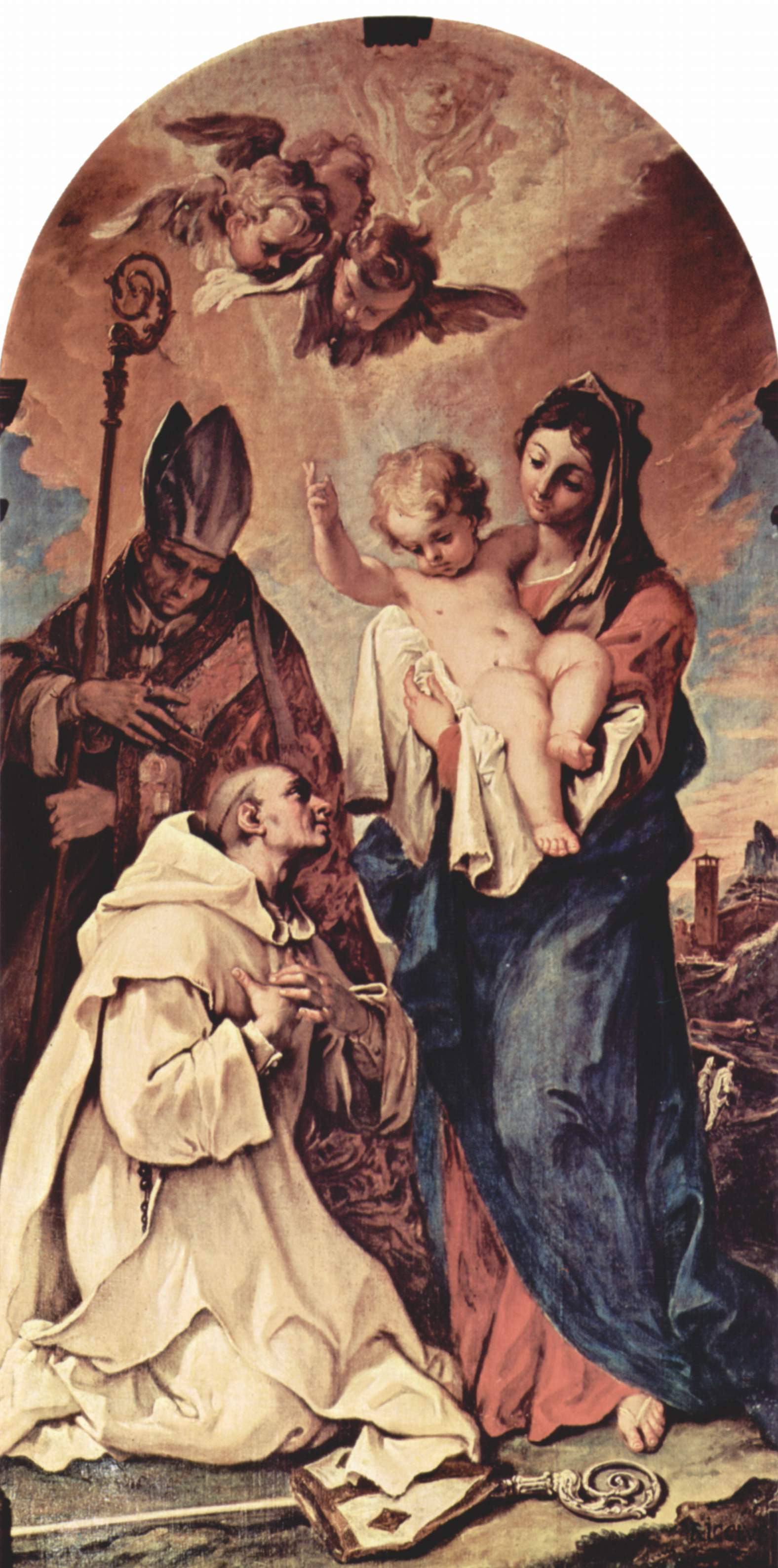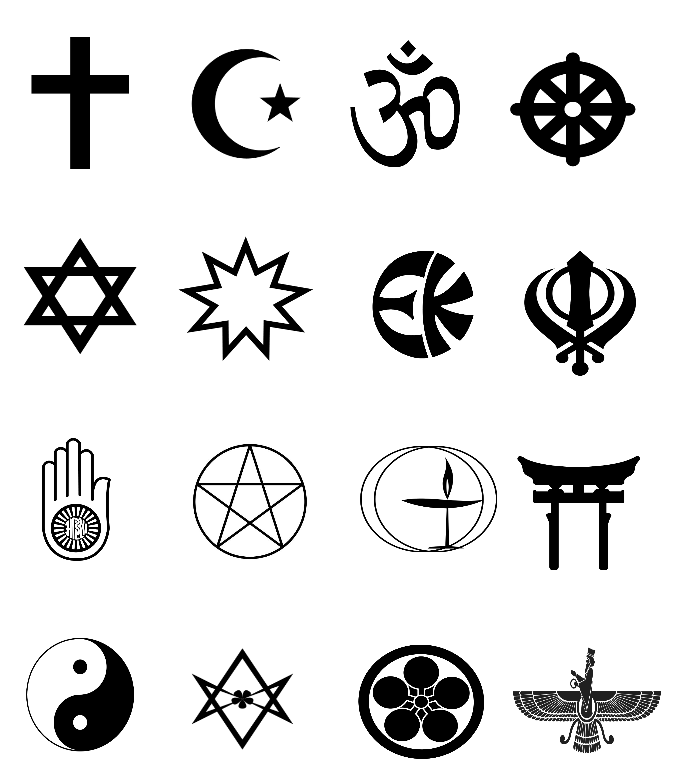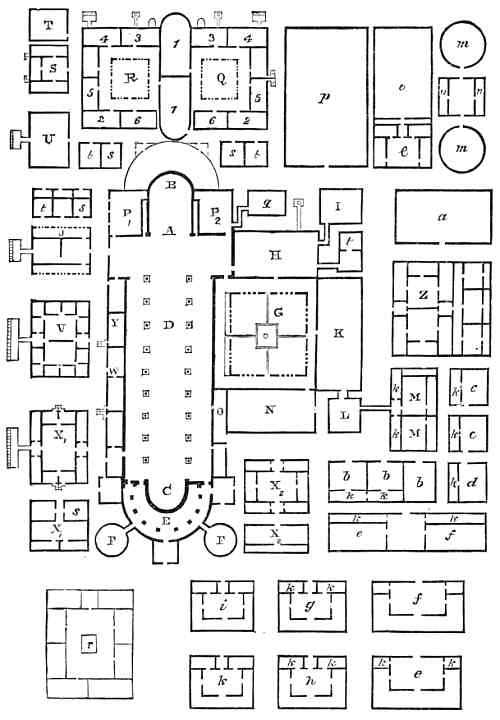|
Charterhouse Of Aula Dei
The Charterhouse of Aula Dei () is a Carthusian monastery, or charterhouse, located about 10 kilometers north of the city of Zaragoza in Aragon, north-eastern Spain. It was declared a national monument on 16 February 1983. 16th–20th centuries The charterhouse was founded in 1563 by Hernando de Aragón, Archbishop of Zaragoza and grandson of the Catholic Monarchs. The architecture of the enclosed monastery was designed by Martín de Miteza to house thirty-six monks, a complement three times larger than the usual Carthusian community. This monastery, like most in Spain, was closed in 1836, and the monks expelled. The monastery was re-purchased in 1901 by the Carthusians for the exiled French communities of Valbonne and Vauclaire Charterhouses, who arrived in that year in Spain and occupied Aula Dei in 1902. Frescoes The major interior decoration consists of a cycle of 11 large frescoes round the monastic church on the Life of the Virgin painted between 1772 and 1774 by Franc ... [...More Info...] [...Related Items...] OR: [Wikipedia] [Google] [Baidu] |
Carthusian
The Carthusians, also known as the Order of Carthusians (), are a Latin enclosed religious order of the Catholic Church. The order was founded by Bruno of Cologne in 1084 and includes both monks and nuns. The order has its own rule, called the ''Statutes'', and their life combines both eremitical and cenobitic monasticism. The motto of the Carthusians is , Latin for "The Cross is steady while the world turns." The Carthusians retain a unique form of liturgy known as the Carthusian Rite. The name ''Carthusian'' is derived from the Chartreuse Mountains in the French Prealps: Bruno built his first hermitage in a valley of these mountains. These names were adapted to the English '' charterhouse'', meaning a Carthusian monastery. Today, there are 23 charterhouses, 18 for monks and 5 for nuns. The alcoholic cordial Chartreuse has been produced by the monks of Grande Chartreuse since 1737, which gave rise to the name of the color, though the liqueur is in fact produced not on ... [...More Info...] [...Related Items...] OR: [Wikipedia] [Google] [Baidu] |
Robert Hughes (critic)
Robert Studley Forrest Hughes AO (28 July 19386 August 2012) was one of the most notable Australian-born art critics, writer, and producer of television documentaries. He was described in 1997 by Robert Boynton of ''The New York Times'' as "the most famous art critic in the world." Hughes earned widespread recognition for his book and television series on modern art, '' The Shock of the New'', and for his longstanding position as art critic with ''TIME'' magazine. He is also known for his best seller '' The Fatal Shore'' (1986), a study of the British convict system in early Australian history. Known for his contentious critiques of art and artists, Hughes was generally conservative in his tastes, although he did not belong to a particular philosophical camp. His writing was noted for its power and elegance. Early life Hughes was born in Sydney, in 1938. His father and paternal grandfather were lawyers. Hughes's father, Geoffrey Forrest Hughes, was a pilot in the First W ... [...More Info...] [...Related Items...] OR: [Wikipedia] [Google] [Baidu] |
Bien De Interés Cultural Landmarks In The Province Of Zaragoza
Bien may refer to: * Bien (newspaper) * Basic Income Earth Network * Bień, Poland * "Bien", a song by Tini from ''Un Mechón de Pelo'' * Gertrud Bien Gertrud Bien (1881–1940) was an Austrian pediatrician and one of the first female medical students in the Austrian Empire, in Europe and globally. She was the first female medical assistant to a university professor of medicine, working with the ... (1881–1940), Austrian pediatrician * Bien-Aimé Baraza (born 1987), Kenyan musician {{disambiguation ... [...More Info...] [...Related Items...] OR: [Wikipedia] [Google] [Baidu] |
Culture Of Aragon
Aragon ( , ; Spanish and ; ) is an autonomous communities of Spain, autonomous community in Spain, coextensive with the medieval Kingdom of Aragon. In northeastern Spain, the Aragonese autonomous community comprises three provinces of Spain, provinces (from north to south): Province of Huesca, Huesca, Province of Zaragoza, Zaragoza, and Province of Teruel, Teruel. Its capital is Zaragoza. The current Statute of Autonomy declares Aragon a ''nationalities and regions of Spain, historic nationality'' of Spain. Covering an area of , the region's terrain ranges diversely from permanent glaciers to verdant valleys, rich pasture lands and orchards, through to the arid steppes of the central lowlands. Aragon is home to many rivers—most notably, the river Ebro, Spain's largest river in volume, which runs west–east across the entire region through the province of Zaragoza. It is also home to the Pyrenees#Highest summits, highest mountains of the Pyrenees. , the population of Arago ... [...More Info...] [...Related Items...] OR: [Wikipedia] [Google] [Baidu] |
1563 Establishments In Spain
Year 1563 ( MDLXIII) was a common year starting on Friday of the Julian calendar. Events January–March * January 2 (January 2, 1562 O.S., January 11, 1563 N.S.) – The convocation of bishops and clerics of the Church of England is opened at St Paul's Cathedral in London by the Dean of the Arches, Robert Weston to agree upon the wording of what will become the Thirty-nine Articles, with the assembly adopting all but three of the Forty-two Articles promulgated during the reign of King Edward VI in 1553. The conference lasts for three months before agreeing upon the Articles to be submitted for further modification. * January 25 – In Italy, Instituto Bancario San Paolo di Torino, a constituent of the major financial group Sanpaolo IMI, is founded. * February 1 – Sarsa Dengel succeeds his father Menas as Emperor of Ethiopia at age 14. * February 18 – Francis, Duke of Guise, is assassinated while besieging Orléans by Jean de Poltrot. * March 1 ... [...More Info...] [...Related Items...] OR: [Wikipedia] [Google] [Baidu] |
Religious Organizations Established In The 1560s
Religion is a range of social- cultural systems, including designated behaviors and practices, morals, beliefs, worldviews, texts, sanctified places, prophecies, ethics, or organizations, that generally relate humanity to supernatural, transcendental, and spiritual elements—although there is no scholarly consensus over what precisely constitutes a religion. It is an essentially contested concept. Different religions may or may not contain various elements ranging from the divine, sacredness, faith,Tillich, P. (1957) ''Dynamics of faith''. Harper Perennial; (p. 1). and a supernatural being or beings. The origin of religious belief is an open question, with possible explanations including awareness of individual death, a sense of community, and dreams. Religions have sacred histories, narratives, and mythologies, preserved in oral traditions, sacred texts, symbols, and holy places, that may attempt to explain the origin of life, the universe, and other phenomena. Relig ... [...More Info...] [...Related Items...] OR: [Wikipedia] [Google] [Baidu] |
Museums In Zaragoza
A museum is an institution dedicated to displaying or preserving culturally or scientifically significant objects. Many museums have exhibitions of these objects on public display, and some have private collections that are used by researchers and specialists. Museums host a much wider range of objects than a library, and they usually focus on a specific theme, such as the arts, science, natural history or local history. Public museums that host exhibitions and interactive demonstrations are often tourist attractions, and many draw large numbers of visitors from outside of their host country, with the most visited museums in the world attracting millions of visitors annually. Since the establishment of the earliest known museum in ancient times, museums have been associated with academia and the preservation of rare items. Museums originated as private collections of interesting items, and not until much later did the emphasis on educating the public take root. Etymology The ... [...More Info...] [...Related Items...] OR: [Wikipedia] [Google] [Baidu] |
Monasteries In Aragon
A monastery is a building or complex of buildings comprising the domestic quarters and workplaces of monastics, monks or nuns, whether living in communities or alone ( hermits). A monastery generally includes a place reserved for prayer which may be a chapel, church, or temple, and may also serve as an oratory, or in the case of communities anything from a single building housing only one senior and two or three junior monks or nuns, to vast complexes and estates housing tens or hundreds. A monastery complex typically comprises a number of buildings which include a church, dormitory, cloister, refectory, library, balneary and infirmary and outlying granges. Depending on the location, the monastic order and the occupation of its inhabitants, the complex may also include a wide range of buildings that facilitate self-sufficiency and service to the community. These may include a hospice, a school, and a range of agricultural and manufacturing buildings such as a barn, a ... [...More Info...] [...Related Items...] OR: [Wikipedia] [Google] [Baidu] |
Carthusian Monasteries In Spain
The Carthusians, also known as the Order of Carthusians (), are a Latin enclosed religious order of the Catholic Church. The order was founded by Bruno of Cologne in 1084 and includes both monks and nuns. The order has its own rule, called the ''Statutes'', and their life combines both eremitical and cenobitic monasticism. The motto of the Carthusians is , Latin for "The Cross is steady while the world turns." The Carthusians retain a unique form of liturgy known as the Carthusian Rite. The name ''Carthusian'' is derived from the Chartreuse Mountains in the French Prealps: Bruno built his first hermitage in a valley of these mountains. These names were adapted to the English '' charterhouse'', meaning a Carthusian monastery. Today, there are 23 charterhouses, 18 for monks and 5 for nuns. The alcoholic cordial Chartreuse has been produced by the monks of Grande Chartreuse since 1737, which gave rise to the name of the color, though the liqueur is in fact produced not only as gr ... [...More Info...] [...Related Items...] OR: [Wikipedia] [Google] [Baidu] |
Chemin Neuf Community
The Chemin Neuf Community () is a Catholic community with an ecumenical vocation. Formed from a charismatic prayer group in 1973, it has 2,000 permanent members in 30 countries, and 12,000 people serving in the community missions. Its main founder is the Jesuit father, . The community takes its name from the first meeting place, based in Lyon, 49 . A product of the Charismatic Renewal, the community claims to adhere to an Ignatian spirituality. It brings together priests, lay celibates (men and women) as well as non-celibates and couples with or without children. The community directs its actions around the principle of unity: unity of Christians (ecumenism), unity of peoples, and unity of couples and of families. History Context Pentecostalism, a new branch of Christianity focusing on the welcoming of the Holy Spirit, evolved in the US after 1900 (In Topeka and then in Azusa Street Revival, Los Angeles). Its manifestations (speaking in tongues, prophecy, healings, etc.) ... [...More Info...] [...Related Items...] OR: [Wikipedia] [Google] [Baidu] |
Francisco Goya
Francisco José de Goya y Lucientes (; ; 30 March 1746 – 16 April 1828) was a Spanish Romanticism, romantic painter and Printmaking, printmaker. He is considered the most important Spanish artist of the late 18th and early 19th centuries. His paintings, drawings, and engravings reflected contemporary historical upheavals and influenced important 19th- and 20th-century painters. Goya is often referred to as the last of the Old Masters and the first of the Modern art, moderns. Goya was born in Fuendetodos, Aragon to a middle-class family in 1746. He studied painting from age 14 under José Luzán, José Luzán y Martinez and moved to Madrid to study with Anton Raphael Mengs. He married Josefa Bayeu in 1773. Goya became a court painter to the Spanish Crown in 1786 and this early portion of his career is marked by portraits of the Spanish aristocracy and royalty, and Rococo-style List of Francisco Goya's tapestry cartoons, tapestry cartoons designed for the royal palace. Althoug ... [...More Info...] [...Related Items...] OR: [Wikipedia] [Google] [Baidu] |







